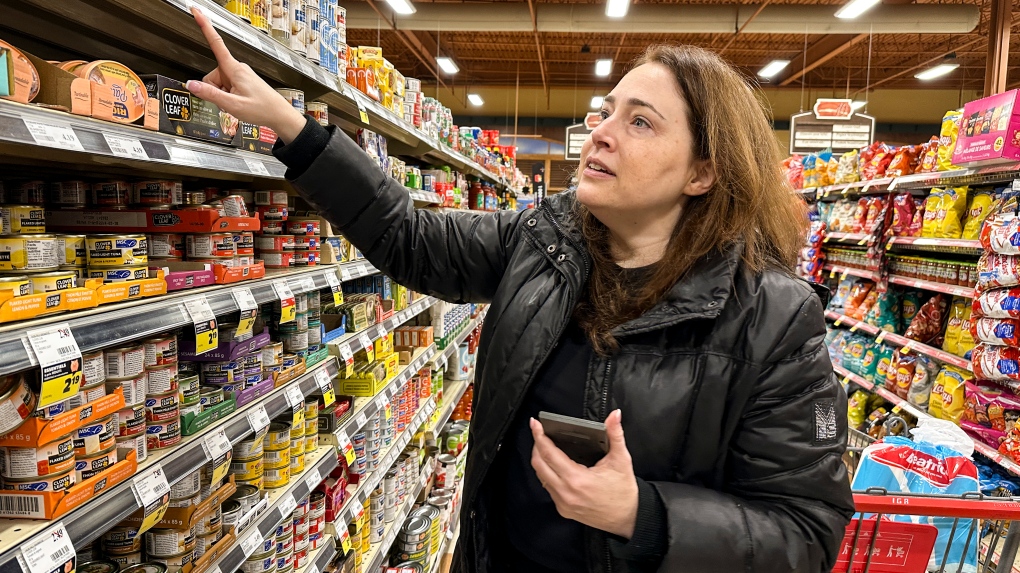
Avoiding shrinkflation is difficult, but these shoppers have a few tips
CTV
Oftentimes Balinsky, a mother of a teenager and a 20-year-old, finds herself standing in the aisles and calculating if she's getting the best deal for every dollar spent. It's her way of fighting back against shrinkflation.
Stefani Balinsky not only brings her list when she goes grocery shopping, she also brings a calculator.
Oftentimes Balinsky, a mother of a teenager and a 20-year-old, finds herself standing in the aisles and calculating if she's getting the best deal for every dollar spent. It's her way of fighting back against shrinkflation.
She recalled her most recent trip to a local grocery store in Montreal. She looked at a variety of cheeses — both with deals and without. While a deal for two blocks of cheese sounded enticing, she said she was getting less per unit weight for the price, compared to the ones without offers.
Smaller cereal boxes, lighter chip bags and shorter spaghetti strands are common examples of shrinkflation — items that are priced the same even after they are reduced in weight or size. It's less noticeable than a higher price but the food is more expensive because shoppers get less for their money.
As rising food prices continue to be a pain point in household budgets, many Canadians are on the lookout for grocery store items that have shrunk.
Confectionary items, such as cookies or chocolates, are more susceptible to downsizing, said Marissa Alexander, co-executive director of Food Secure Canada.
"Anything that is packaged (and) processed, it's easier to get away with shrinkflation because it's less obvious," said Alexander, who is also a registered dietitian.





















 Run 3 Space | Play Space Running Game
Run 3 Space | Play Space Running Game Traffic Jam 3D | Online Racing Game
Traffic Jam 3D | Online Racing Game Duck Hunt | Play Old Classic Game
Duck Hunt | Play Old Classic Game